Dear Editor,
For many people, the struggle to find things to do during the coronavirus epidemic while remaining socially isolated has been a test like no other. However, remaining socially isolated does not necessarily require staying indoors – especially with spring just around the corner. Even as we remain outside of work and school, plenty of changes can be made to make a small difference in the world and to burn some pent-up energy. One way to do this is to start working on making our lawns more pollinator friendly. Bees are dying at an unprecedented rate, with beekeepers losing 40.7 percent of their honeybee colonies between 2018 and 2019, and this can be partially attributed to habitat loss. Bees pollinate about 70 percent of the food crops we eat, meaning that without them our food supply would be sure to go the way of the toilet paper section at the supermarket.
Converting turf space to pollinator habitat is a fun and creative way to shake some of the cabin fever from staying isolated during this epidemic, and it makes a major difference for our pollinators. The best part is creating an effective pollinator garden only takes a few easy steps!
1. Select a location! To start growing a pollinator garden, you’ll first need to decide where that garden should be. Any place that receives a few hours of sun per day should be fine. Once you’ve chosen an area, pull out any remaining sod and leave a tarp over the area for a week or two to kill any remaining grass. Remember not to spray pesticides around this patch so that bees and other pollinators can visit safely. Feel free to mix in compost to give your plants an extra boost at the start of the season.
2. Plant native! Flowers native to the United States such as coneflower, black-eyed susans and asters are excellent choices for any yard due to their natural beauty and their ability to support our native pollinators. Native plant species have evolved to work with our native pollinators for millions of years, meaning that our pollinators know just how to find them. To attract butterflies and hummingbirds consider planting butterfly weed and different species of Monarda, or bee balm.
3. Plan ahead! Make sure that different species of flowers are available year-round to support the variety of pollinators that come to visit. A variety of charts measuring bloom time for different species are available online.
4. Don’t mow! When winter comes, be sure to leave up the dried stems from that year’s garden. These stems provide homes for insects and nesting material for birds, helping them to grow strong and healthy next year.
Social isolation can be a difficult time, but making a pollinator garden can be a huge help for ourselves and for our local pollinators. Families can get involved in planning a year-round pollinator garden to help our butterflies and bees, while giving kids a place to burn up excess energy. To get started with gardening, search native plants to grow at nwf.org or to use the zip-code based search tool provided at audubon.org/native-plants. Seeds can be found online at prairiemoon.com and edenbrothers.com.
Thank you,
Abigail Guinan
MASSPIRG Intern

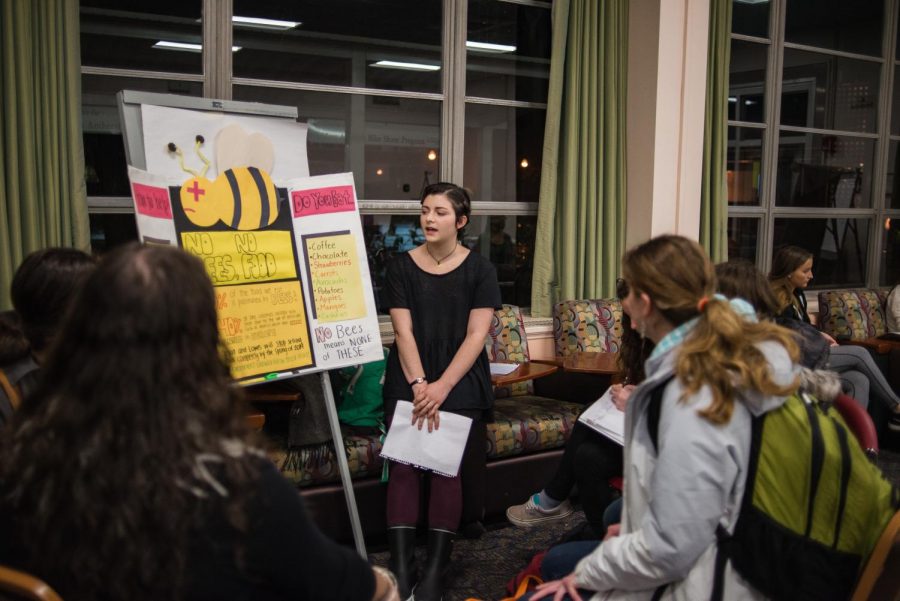






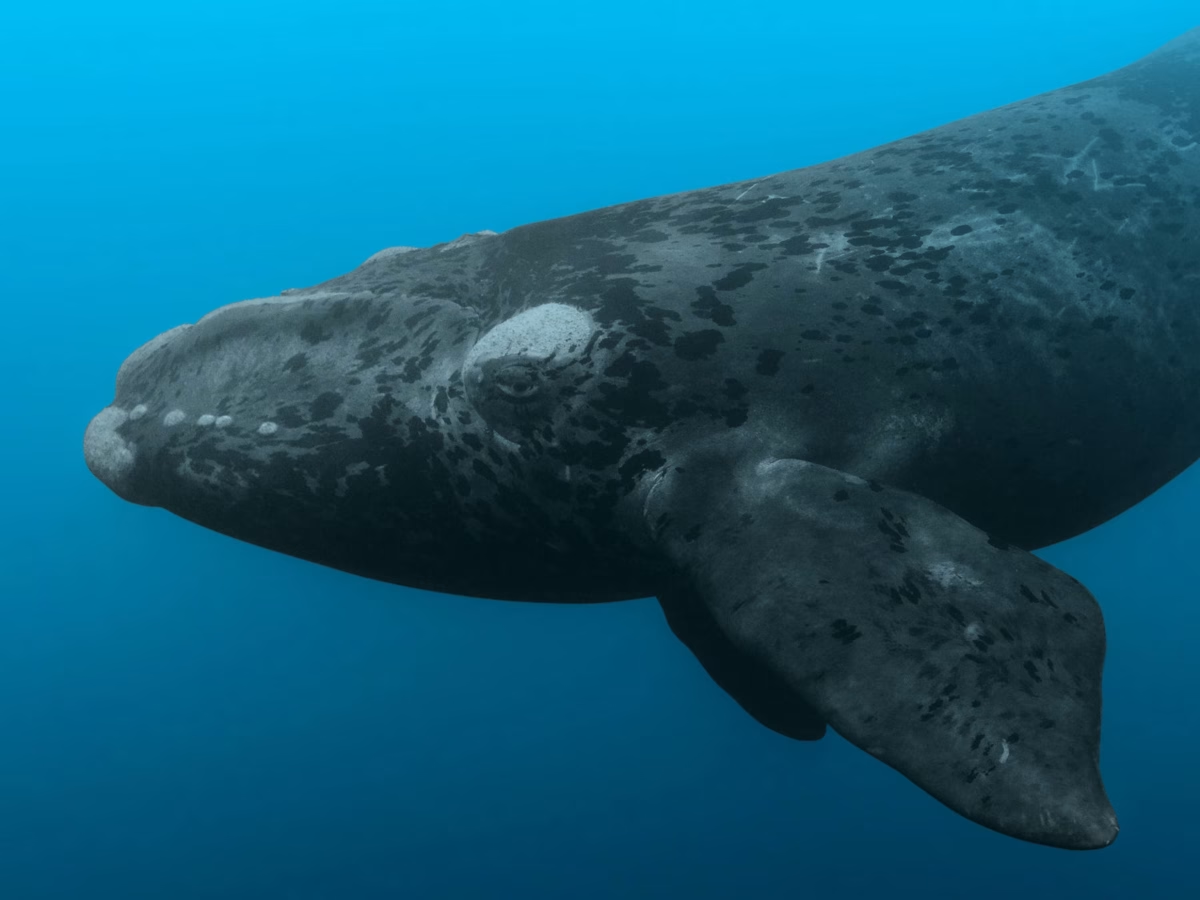



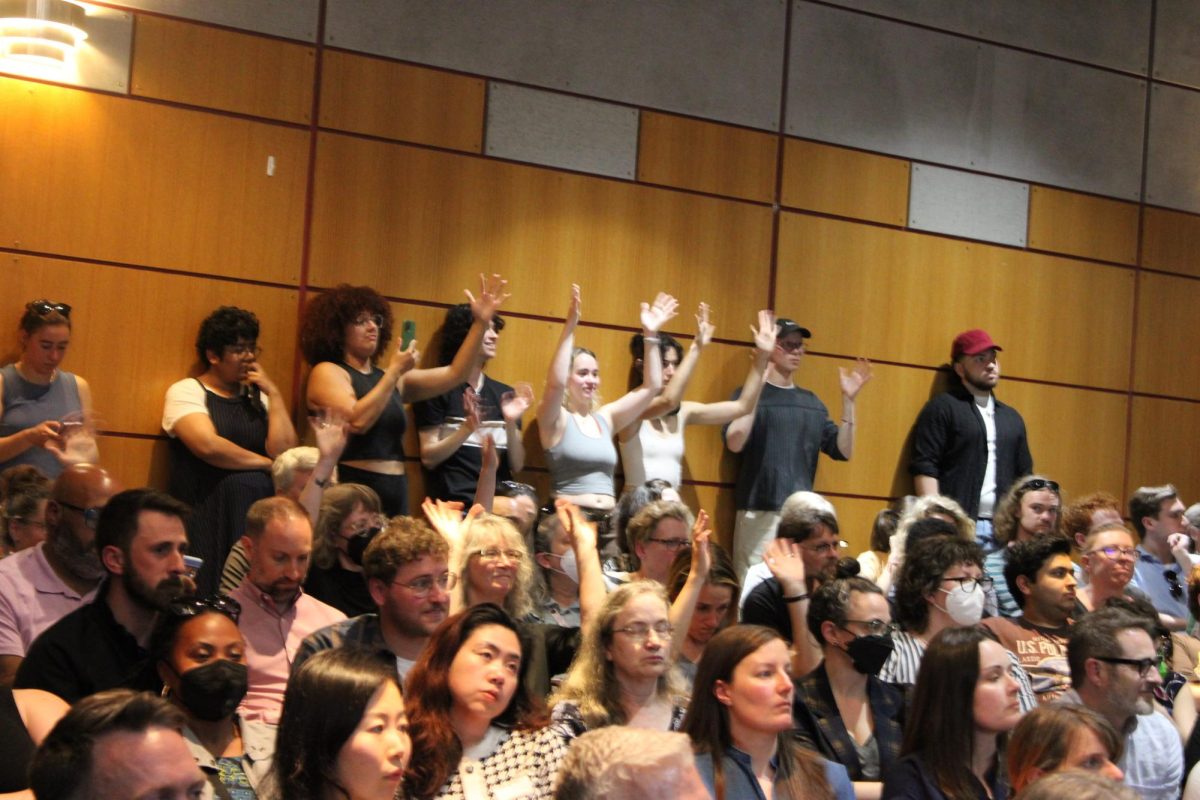




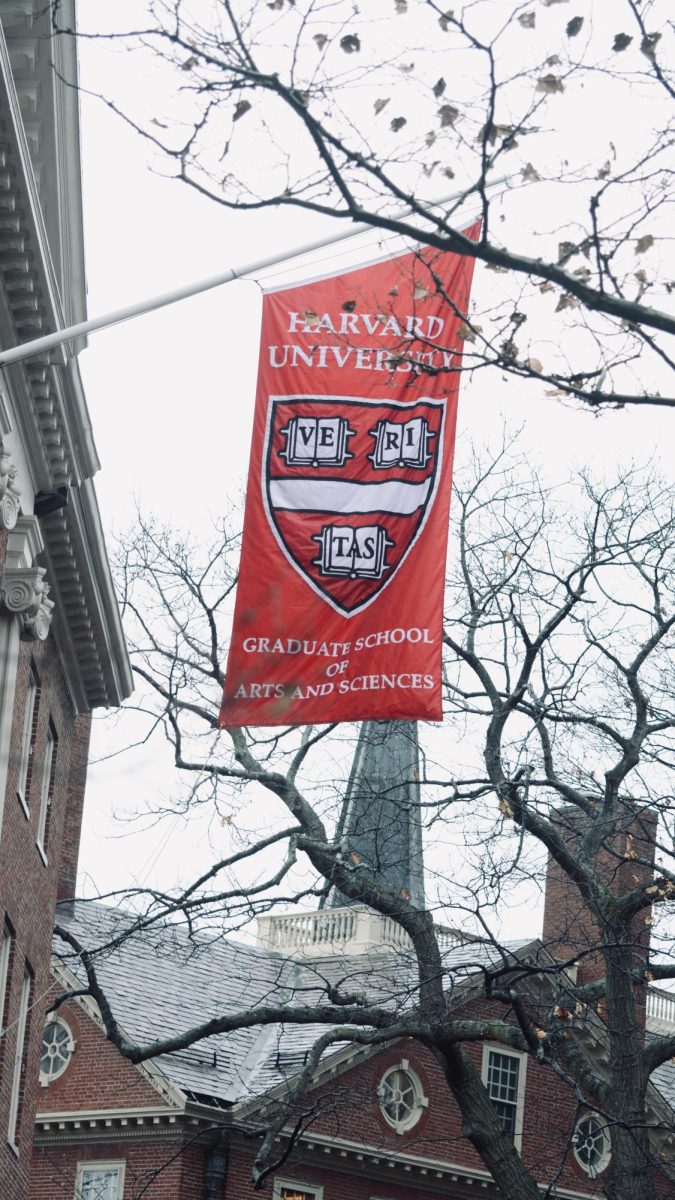
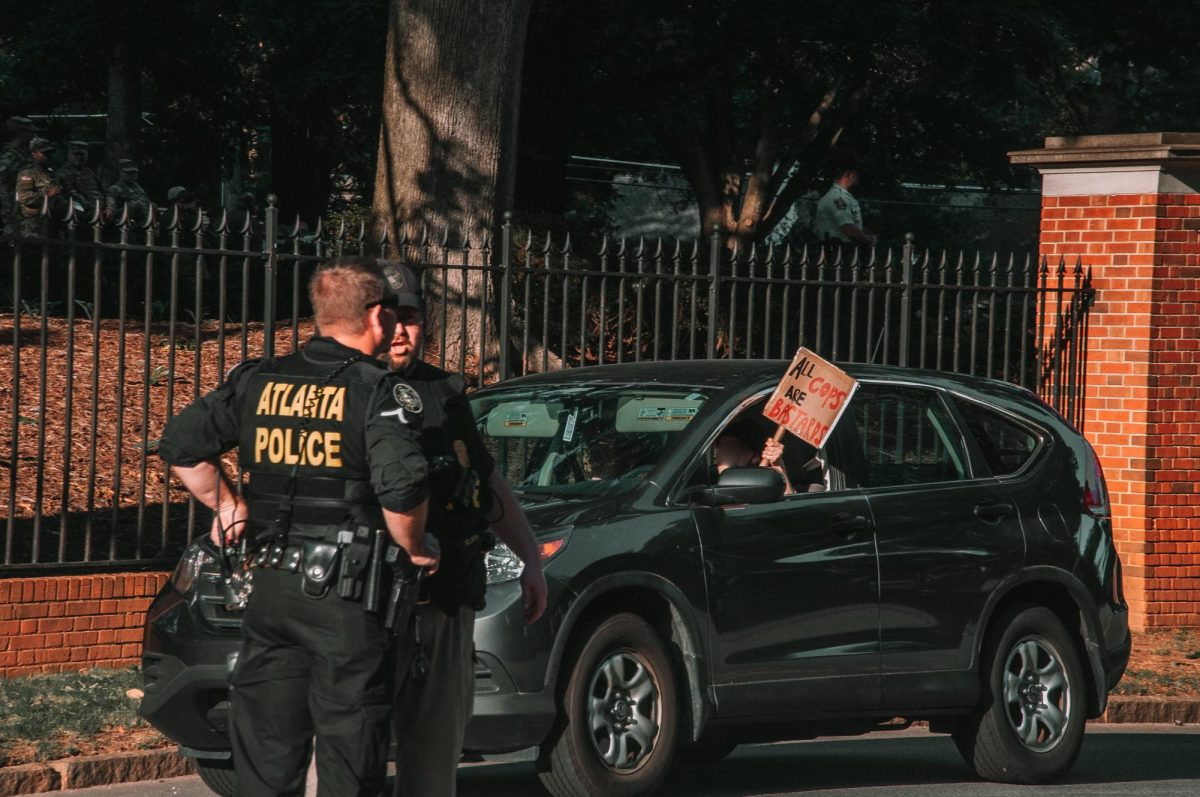

Ed Fanjoy • Mar 23, 2020 at 7:37 pm
Abigail-
Your dad must be very proud of you! What a great idea!
Planet Bee Foundation • Mar 23, 2020 at 2:13 pm
This is Haley from Planet Bee Foundation, a San Francisco-based environmental education nonprofit. We educated about the importance of pollinators and empower people of all ages to become environmental stewards through the teaching lens of the struggling bee populations. Thank you so much for this article! Last Thursday was Plant a Seed Day (Big Green had a wonderful campaign around this) and we encouraged all to plant pollinator-friendly plants to help the bees. Working from home can take a toll, so it was great to get outside and take a break to plant wild flowers. Keep up the great work spreading awareness on such an important topic. *Bee* well and stay healthy!